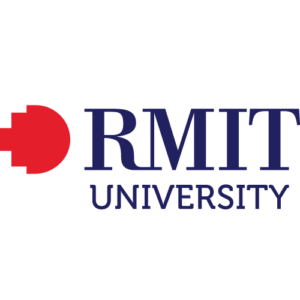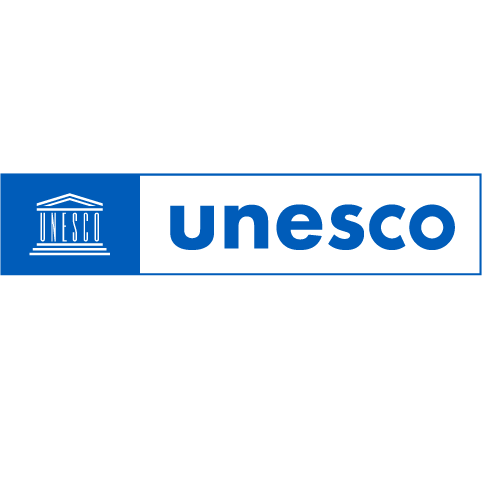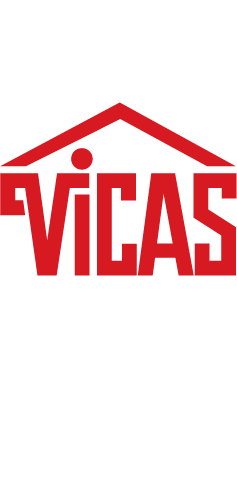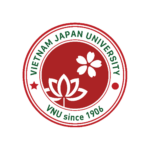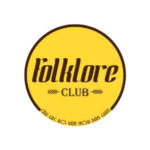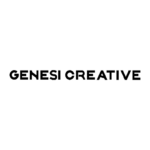Thanks to the Friends of Vietnam Heritage (FVH) event Experience Lacquer Painting with Artisan Vu Huy Men – part of the Vietnam Festival of Creativity & Design 2020 – we had the chance to learn and appreciate more the art of lacquer through the artisan’s stories.
Learn & appreciate Vietnamese lacquer art with artisan Vu Huy Men
Thanks to the Friends of Vietnam Heritage (FVH) event Experience Lacquer Painting with Artisan Vu Huy Men – part of the Vietnam Festival of Creativity & Design 2020 – we had the chance to learn and appreciate more the art of lacquer through the artisan’s stories.
The portrait of an artisan
Twenty kilometres to the South of Hanoi lies Ha Thai Lacquer Village, one of the traditional craft villages still following the generation-old techniques of Vietnamese lacquer art. When we arrived, Vu Huy Men was busying in the workshop while his daughter Vu Thi Le Ha, a renowned lacquer artist herself, was working on the small lacquer boards for clients in the city, which needed to be done quickly yet attentively. Stepping outside to greet us, Vu Huy Men gestured at the paintings stacked on one side of the door, smiled and said: “See, I’ve been working on those since the beginning of the year but still haven’t completed them, and they are already about to be due!”
It was hard to believe he was near 80 years of age. He remained sharp and agile; his hands – through years of working with water, paint and sandpaper – still strong and steady. Before we got to say anything, he sat us down and prepared a pot of tea. The first thing he said seeing us setting up the camera for our interview was: “What’s there to rush! Relax! Half a month wouldn’t even be enough to talk about lacquer. So no need to rush.” These words, even later when I came back to the village, remained the same.
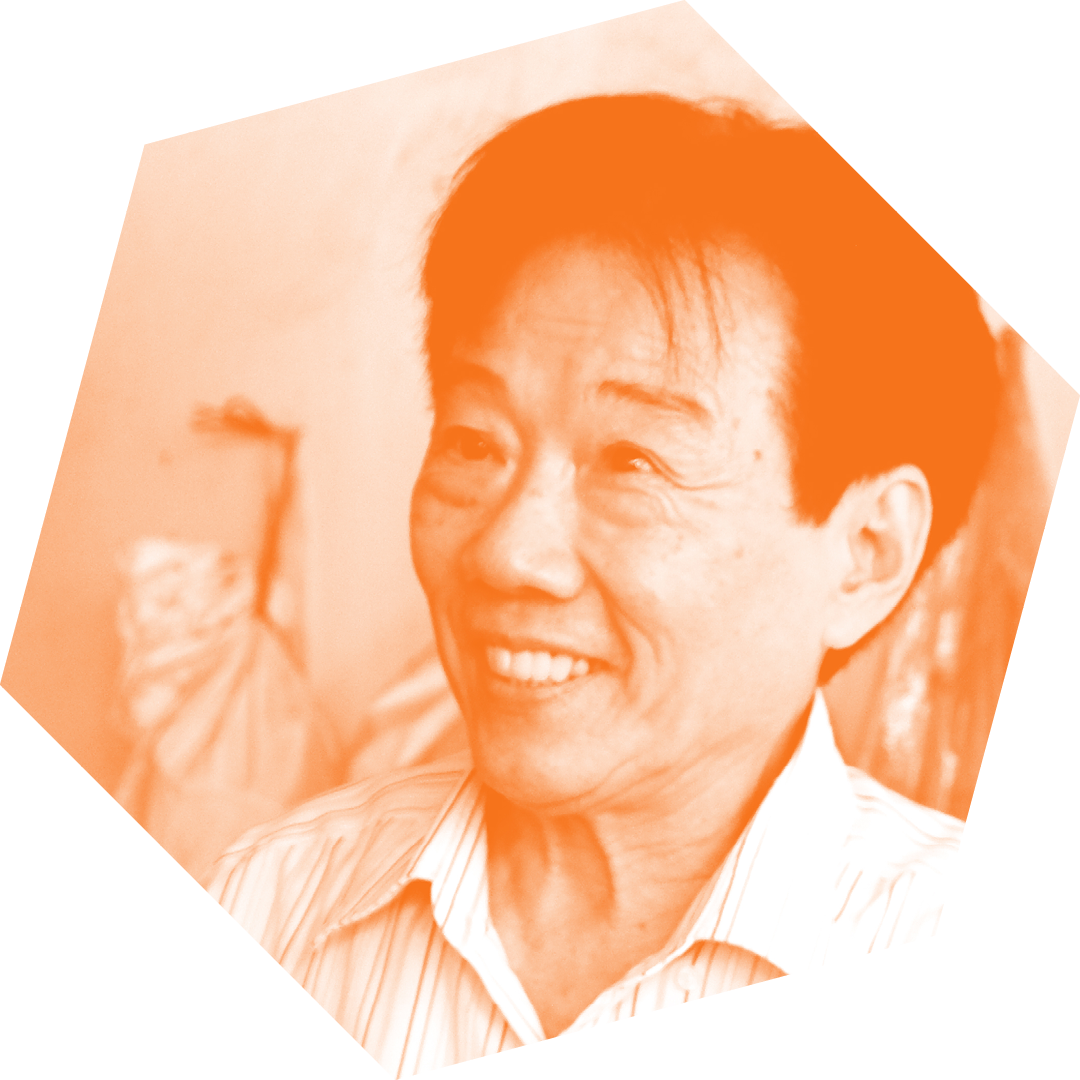
Half a month wouldn’t even be enough to talk about lacquer.
His eyes lit up when he talked about lacquer art: they were brilliant, full of life and experience of half a century practicing the craft. If anyone were to learn his age now, they would find it hard to believe this was a man in his seventies.
His stories were extensive but never lost its charm, pouring from one cup of tea to the next, from one decade to another in his career.
Lacquer practice had existed in Ha Thai Village for over 200 years, but it came as a surprise to learn that this was not Men’s hometown. He was born and raised in the Giang Vo area of the capital city, and completed his studies at Ha Tay School of Art & Craft, formerly the Liberation Craft Workshop under the Central Union of Handicraft Cooperatives. It was here that he found the passion for lacquer art, and the love for a Ha Thai woman – now his wife. After seven years teaching at the school, he moved permanently to Ha Thai Village, and thus appreciated all the more this fine heritage.


On the art of lacquer
Yet, it is not easy pursuing this art. Even in Ha Thai Lacquer Village, there were only around a hundred households still practicing the craft, and it is even rare to find among those an artisan that mastered the techniques of Vietnamese lacquer like those in his family. “Vietnamese lacquer is very complicated”, he shared. It began from the wax tree itself. This type of tree is not popular, and must be collected only from Tam Nong commune in Phu Tho province. Extracting the tree sap also requires a great deal of work, as it must be harvested from midnight until dawn – around 2 to 4 a.m, because as the sun comes up, it will dry the sap. Then there is the paint: Vietnamese wax trees are not particularly more special than those of Japanese, Chinese or Russian origins. They produce a limited range of colours: vermilion, brown (“cockroach-wing”) and black. Yet, like fine wine, it gets better with age – the colours bolder and more vibrant, the finish even more exquisite. “The sheen of natural lacquer is authentic, it comes from the process itself. With modern paint that sheen is artificial, a coat that will wear out with time”, he shared.
Perhaps it is that finesse and hardship that act as the motivation as well as a challenge for the artist’s loyalty to the craft. And yet wax trees were only the first steps in the process: to complete a lacquer art piece can take months, sometimes up to several years.

As he was spreading out the wooden boards to demonstrate each step of creating a lacquer painting, the sophistication that the artisans placed in each work became even more evident. Every single step, from creating a smooth wooden board to sketching, requires utmost care and consideration; and some must be repeated dozens of times; while others require special sanding tools, which back in the day – as the artisan explains – could only be done using women’s hair. In the process of transforming an ordinary wooden board to the final product, any mistake means that the entire painting would be irretrievably ruined. Smiling, he pointed at the table we were sitting at, a lacquer painting of Ha Long Bay decorating its surface: “See, that’s one failed work. There’s nothing else I could do about it, so a table it is!”
Looking at a Vietnamese lacquer painting, it was clear how it manifests Asian philosophies. The Five Elements are Fire, Water, Wood, Metal, and Earth; and lacquer has Earth in its foundation, using the wax tree and alluvium in the Red River to even out the board surface; then the painting is created on a wooden board (representing the element of Wood). Lacquer requires a good deal of wet sanding, that is where Water comes in. And to make up for the limited range of colours the wax trees produce, generations of artisans have developed nature-derived techniques using gold and silver (Metal) leaves and baked (Fire) eggshells. It is that harmony with nature that creates the profound beauty of lacquer, to be admired with sophistication.
At the centre of that landscape is the human. Talented and creative artisans play the role of the human element to yield nature to their own will. When the tea had gotten cold, Men slowly stood up and led us to his drying chamber, which is yet another unique feature of Vietnamese lacquer. In the small, dark and humid room, the rich smell of paint and dampened ground filled the air.

Lacquer art has to take traditions and nature as the base.

The future of lacquer
“Lacquer art has to take traditions and nature as the base” – said the artisan as he put down the tarps covering the drying chamber entrance. However, artisans are not supposed to be old-fashioned people constantly refusing to change. In the modern age, traditional lacquer art has transformed to adapt to the current context. Men smiled and said: “Nowadays machines and equipment make it easier to make the paint. For example, lacquer paint mixed with tung oil will produce a glossy finish, while mixing with pine oil will create oil paint. It is so much faster!
The same goes for the craft village. In his showroom, many paintings are the result of mixing Vietnamese with Japanese lacquer. Lacquer products have become more diverse, from paintings to vases and jewelry boxes. The painting subjects now also include a wide variety, from traditional to modern themes, from still-life to abstraction. Ha Thai Lacquer Village and artisan Men himself saw an increase in their reputation, attracting the attention of local and international news channels. Gestured at the awards and trophies in the rooms, he proudly said: “I was recognised as an artisan in 2015, and my daughter in 2017. In this whole village, our family is the only one with two generations of artisans!”
Lacquer craft and especially Vietnamese lacquer, however, have yet to attain the attention it deserves. It is because modern and artificial paint is cheaper, faster, less complicated, and produces a more diverse colour range. Artisans loyal to the traditional Vietnamese lacquer are getting harder to find. The preservation and development of this national traditional practice thus become even more important, especially to young generations.
On the contribution of local and international organisations, such as these excursions hosted by Friends of Vietnam Heritage (FVH), Men put it simply: “I just hope people can come to Ha Thai Village and join us to learn and appreciate more the traditional lacquer art of Vietnam!”
Written by Dinh Nguyen
Graphics by Rongchoi
Photos by Dan & Bui Thanh Van
Translated into English by Dinh Vu Nhat Hong
Kindly credit VFCD 2020 when sharing the article.
Please do not copy or repost without permission.


